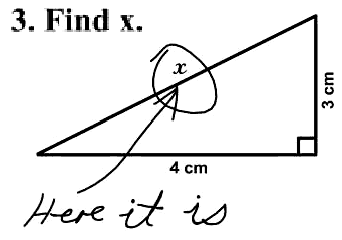jb, I do plan on the 1198 and most likely the 101# terrova/ilink.. that's been in the pipe for a couple months glenn, ya, if the design you're describing is there (I think it might be, but it seems like there is a section across the entire back I'm tempted to say, won't know for sure til cap is off) it does change the design for reinforcement, but ultimately there's a limited number of directions and pressure to each that will be had, what I mean to say is the possibilities are few for the interaction of the stress points and their various parameters.. Thanks for the heads up though, now I've got 2 different plans in progress jumbling around for ideas ondarvr, honestly, I don't doubt an all glass situation would do the job AND do it WELL. I have no doubt that a plywood core even, would do the job just fine. The key in this case though is care after implementation. As wood rots, by putting wood in, you've already started a "clock" so to speak, and you've engaged in that care to prevent things from happening. But of course, as everything in life always goes the way we want it to, I'm not sure why I'm even doubting the age old practiceOne question I would have for you, perhaps others might chime in If we break down the fibers, all 3, into generalized anonymous categories of use(for ease of hypotheticals), I might tend to say that aramid is on top, glass in the center, and then carbon fiber below. Now given that each of the outside materials (cf/a) preform to unique strengths, and unique weaknesses, and glass itself has AVERAGE strengths of the other 2, but a serious weakness in the case of a couple weaknesses, we're basically looking at the 3 materials as good for separate purposes IF they are used ALONE and by themselves. Glass would win in more tests.But now the question remains, when COMBINING the 3, or even 2 (G+CF or G+A), which numbers would come out on top for generalized use in multiple tests. You could say it's the average of the 3 plus bringing up the low numbers(weaknesses) in the direction and specialization of the composite being added to the glass. Basically each material compliments each other. I think we can all agree on that fairly easilyThe question remains, not what happens to the strengths, but what happens to the WEAKNESSES?So you have to realize, that though each material has it's negatives, when you bring these 3 together, it raises the average minimum.So in turn, if using a combination of the 3 fibers, and building a ratio of the inclusion of the 3 fibers(I'm sure it would depend more upon fiber orientation than ratios), to come to the same weight as a similar part is ALL glass, the hybrid would win every time. The range of variables is smaller with the hybrid material because you have "brought up" the average minimum and average maximum because of the base material being glass, and then ADDING in reinforcement in the form of "specialized" fibers.You can see these characteristics in other products where a company has a base product, develops something better, but not quite as 'uniform' in tests across the board, as the original design.(this is in reply ondarvr to your touching on, 'just because you use the materials, doesn't make it last longer')Because if you're looking at a board of statistics of tests, in the center you'll have your glass as the median for 90% of the tests as it's characteristics represent that, and it usually sits in the middle of the other 2 fibers. Thus longevity and resistance to fatigue, would be a smaller margin of error and smaller margin of premature failure as when compared plainly to glass, or either of the 2 specialized fibers when used plainly by themselves.One might say, when speaking on properties of materials and 'years old best practices', if I'm looking to maximize integrity across the board, and there's of course never any shortcoming when talking about taking care of an object over a 40 year period as long as you 'keep it well maintained', the course of action I'm looking into is completely wrong. I should be looking to copy the design of the boat, and do what a real boat designer or any good engineer would do, and build the transom wholly out of wood, and then instead of fiberglass, build the hull and internal structures out of solid wood too .






















